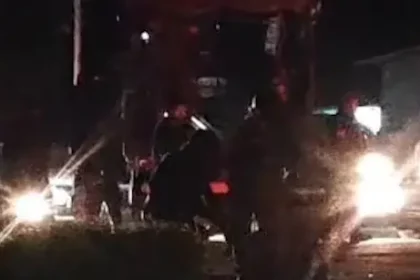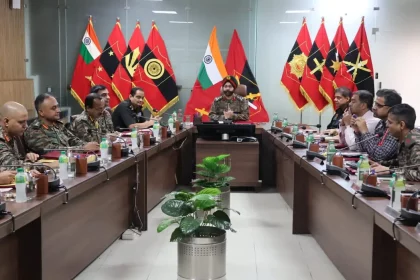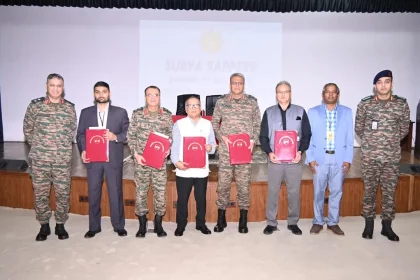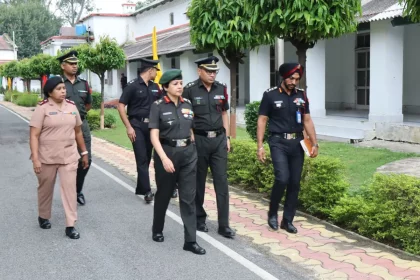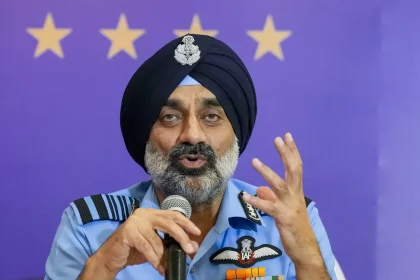2 Assam Rifles Soldiers Martyred in Ambush Near Imphal
Militants Launch Deadly Attack in Nambol, Reinforcements Rushed to the Area.
WARDEC Hosts Joint Conference to Advance AI-Powered Wargaming in Indian Army
Event marks leap in simulation, strategy, and regional defence cooperation.
Army’s Central Command Signs MoU with IIT Ropar to Boost Military Innovation
Lt Gen Anindya Sengupta Leads Landmark Initiative for Avalanche-Resilient and Modular Infrastructure.
Lt Gen Sadhna Saxena Nair Visits Military Hospital Ayodhya, Praises Exemplary Healthcare
The visit concluded with words of encouragement to the hospital staff to keep the AMC flag flying high with pride…
Major Aishwainee VG Tops MOBC-253 as AFMS Celebrates Graduation Parade in Lucknow
The AFMS reaffirmed its commitment to nurturing a resilient medical corps capable of addressing the healthcare demands of modern warfare…
World Should Learn From India How to End a War Quickly: Air Force Chief
Operation Sindoor achieved objectives in four days, unlike prolonged wars in Ukraine and Gaza, says Air Chief Marshal AP Singh.

